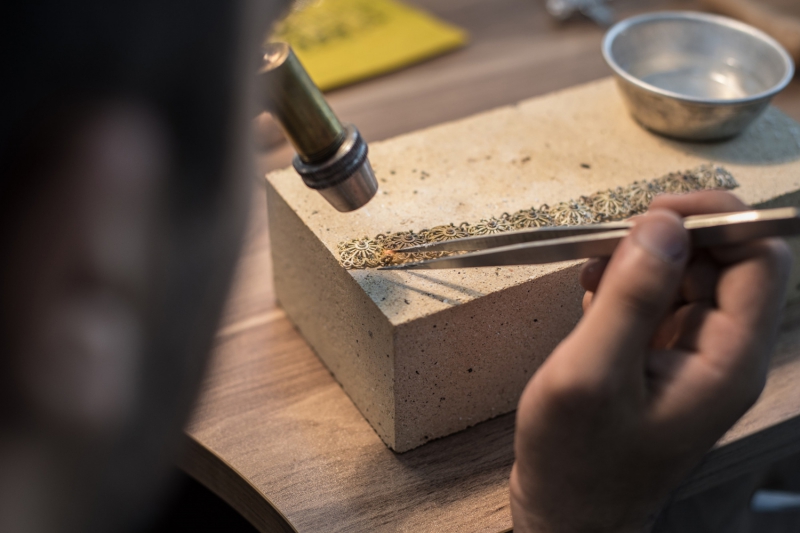
What is the boiling point of gold?
Gold is one of the oldest metals known to humans, and it is known for its distinctive physical and chemical properties, such as high density, hardness, malleability, and ductility. One of the most important properties of gold is its melting point, which determines the temperature at which gold changes from a solid to a liquid state.
The boiling point of gold is the temperature at which gold changes from a liquid to a gaseous state. The boiling point of pure gold is 2,836 degrees Celsius, or 5,152 degrees Fahrenheit. Below this temperature, gold is in a liquid state. When the temperature reaches 2,836 degrees Celsius, the molecules of gold begin to move away from each other, causing it to change to a gaseous state.
Effect of impurities on the boiling point of gold
The impurities present in gold affect its boiling point. As the impurity content of gold increases, the boiling point decreases. For example, the boiling point of 24-karat gold, which is pure gold with no impurities, is 2,836 degrees Celsius. 22-karat gold, on the other hand, is composed of 22 parts pure gold out of 24 parts, and its boiling point is 2,821 degrees Celsius.
Applications of the boiling point of gold
The boiling point of gold is used in many practical applications, such as:
- Jewelry making: Gold is melted to form it into different shapes of jewelry.
- Electronics industry: Gold is used in the manufacture of sensitive electrical circuits.
- Dental fillings: Gold is used to make durable and strong dental fillings.
Conclusion
The boiling point of gold is an important physical property that determines the temperature at which gold changes from a liquid to a gaseous state. This property is used in many practical applications.
Summary
- The boiling point of pure gold is 2,836 degrees Celsius.
- The boiling point of gold decreases as the impurity content increases.
- The boiling point of gold is used in many practical applications, such as jewelry making, electronics, and dental fillings.






